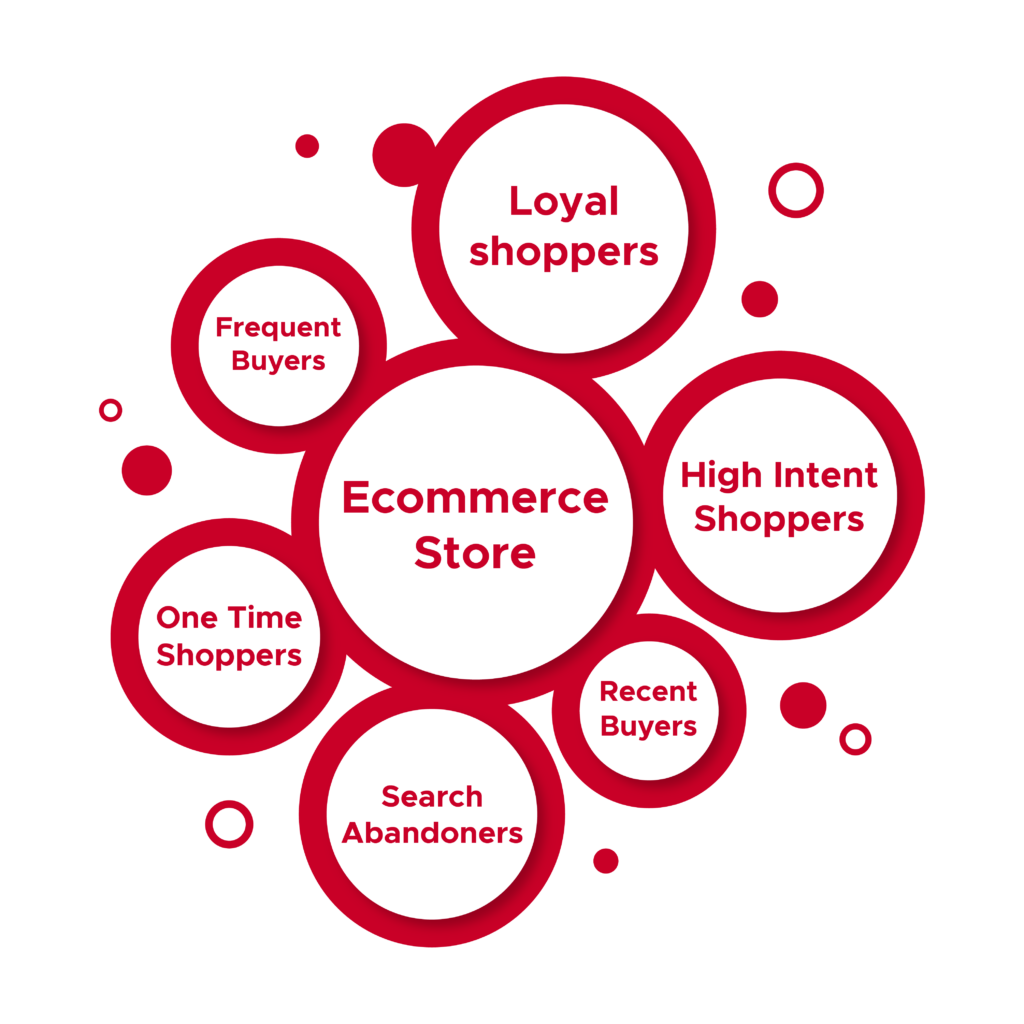Personalization is a must on your eCommerce store. 71% of shoppers expect a personalized experience, as it improves the user experience. At the same time, it boosts conversions and AOV. As stricter data privacy laws come into play, the question is: how can we balance personalization and data privacy? This post will offer a guideline as to how.
The Problem With Cookies
Historically, personalization has worked through cookies in personal devices that track browsing behavior. These can offer personalized experience, but the issue is that it is collected without their consent. This can lead to users’ concerns. They want to be in control of their data, and to manage it themselves. They don’t want to feel used or being taken advantage of. If customers feel their privacy isn’t being respected, they won’t have a positive impression of your brand or the personalization offered.
Moving Away From Third-Party Data
Third party data is collected without users consent, and even collected by third-party companies then sold to relevant organizations. But personalization shouldn’t mean tracking consumers and their PII (personal identifiable information). The goal isn’t about gaining this level of insight. The goal is rendering personalization that is relevant to the user. It’s to offer them an experience that they relate to, and they will resonate with. This doesn’t need to involve overstepping boundaries.
How To Balance Privacy & Personalization
Communicate Your Policy Clearly
An important element of balancing privacy and personalization is ensuring that you clearly communicate what your privacy policies are. Display these openly on your site so anyone with concerns can be reassured.
- Notify shoppers if there are any changes to your policies
- Tell shoppers who you share data with
- Break information down easily using FAQ or infographics
In short, don’t keep anyone in the dark. The more clear you are the more your consumers will trust you, and you will build a stronger relationship.

Ask For Consent
Consent based data is a great way of offering personalized experiences without damaging trust. First-party data is very useful in phasing out third-party cookies. Even if you decide to still use cookies, as long as you are transparent and request permission, then this will improve the experience.
Contextual based targeting can come from in session conversations, via chatbots or other messaging systems. Offering shoppers discounts or coupons for taking surveys can create a win-win situation for both parties. Other creative ideas such as quizzes or polls can help build data that consumers feel comfortable giving.
Using Machine Learning & AI
The key to creating respectful personalization is to understand why users are on your site, what their intent is and what their goal is. Then set about trying to achieve this. Machine learning and AI are important in helping bring this about. This can be achieved through click-profile data, which doesn’t infringe on any data privacy policies.
Personalization At Scale
More than 90% of online visitors are anonymous or first-time visitors. This traditionally diminishes the opportunities for personalization. Since using cookies isn’t applicable, and they don’t have any data stored on your site, another method must be used.
It is possible to collect data on anonymous or first-time visitors by categorizing them into audience segments such as:
- Search abandoners
- High/low intent shoppers
- Interested in X categories/products

Once any data has been gathered through real time on-site actions, personalization at scale can be offered to all people in that group. Applying rules to certain segments can create personalized experiences at scale, without infringing any data privacy.
The great thing about this system is that data leads to more data. Once the categories are set up, machine learning and AI analytics systems can use the data about these audiences to form patterns. These patterns can be used to create better and more relevant experiences moving forward. Which personalization techniques work best for each group will become apparent.
Building Trust
Balancing data privacy and personalization is all about creating trust. You want your customers to trust you to offer good personalization, but also to not infringe on their privacy. The result of this will be a more satisfying experience for customers. This cookie free future leaves room for a higher scope of creativity and ingenuity. The higher standards for shoppers and merchants can only lead to positive outcomes.
